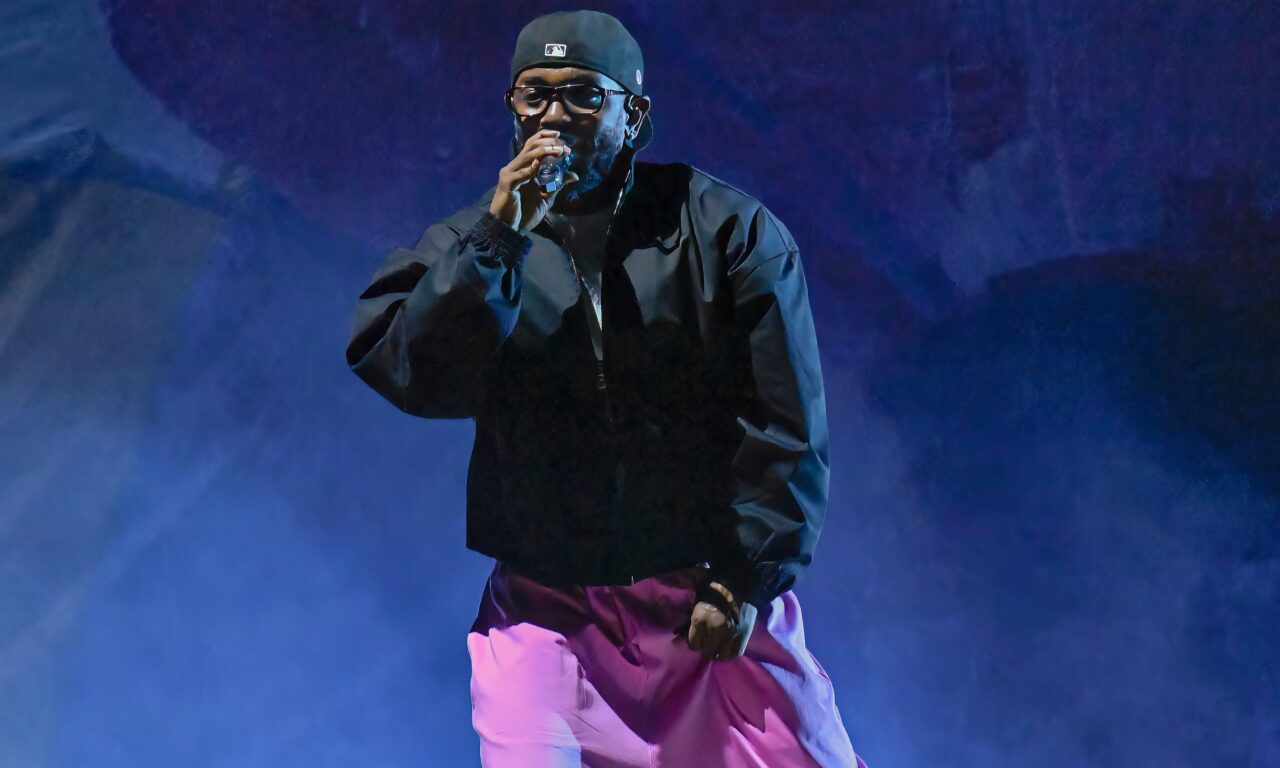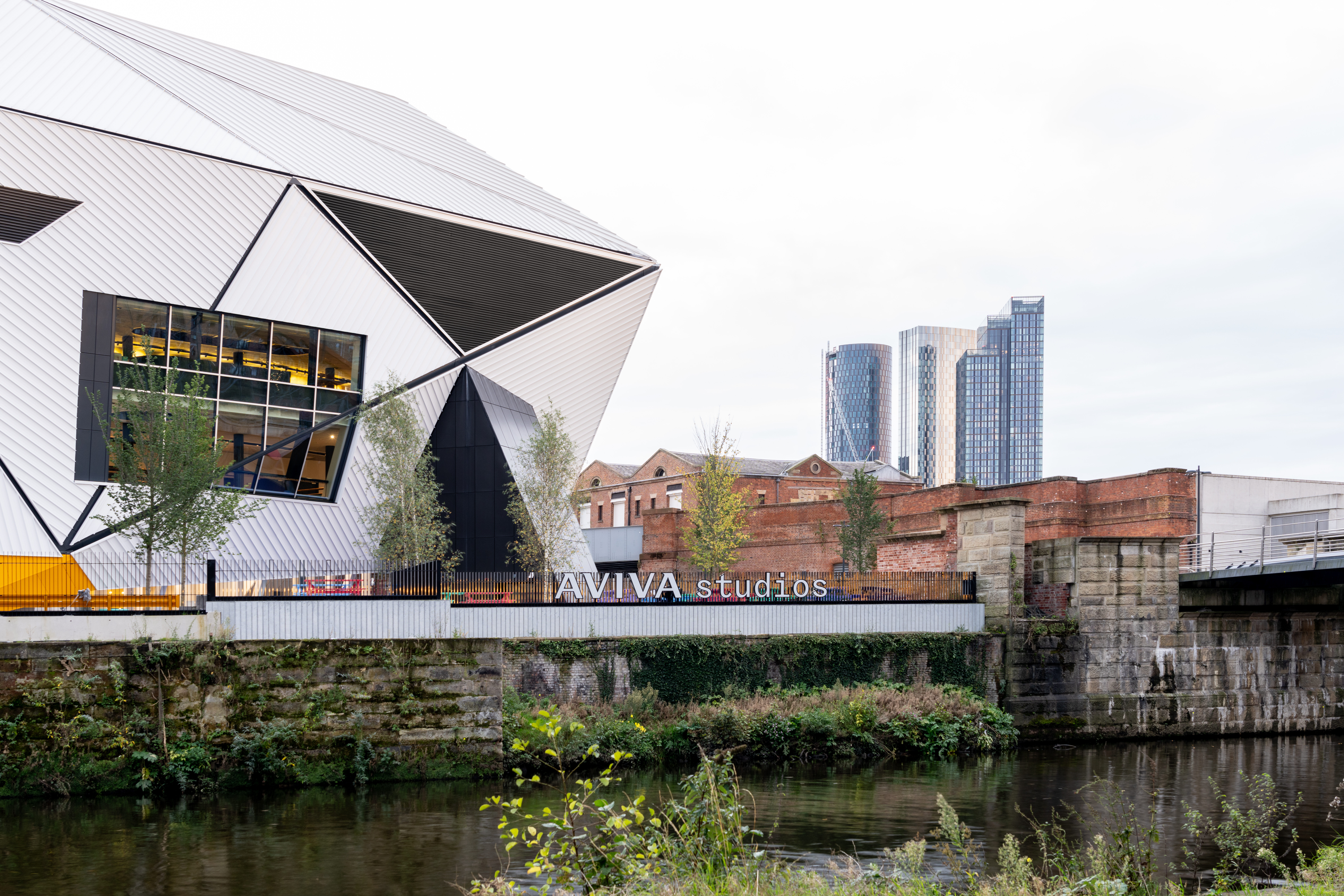Super Bowl sponsorship: How smart brands capture the cultural moment

Every year, brands pour millions into Super Bowl sponsorships, chasing fleeting moments of exposure. However, the real impact of sponsorship isn’t found during the event—it’s in the cultural conversation that follows.
Take Apple Music, the current Super Bowl halftime show sponsor. Their branding is visible throughout the event, but their real win isn’t the logo placements—it’s how they extend the moment after the show ends. Apple Music transforms a 12-minute sponsorship slot into months of engagement by integrating halftime playlists, exclusive content, and behind-the-scenes footage.
And the data proves this approach works:
- After Rihanna’s 2023 halftime show, searches for Fenty Beauty surged 833% within an hour.
- Shakira and J.Lo’s 2020 performance led to a 267% increase in music sales within 24 hours.
- Missy Elliott, in a surprise 2015 cameo, saw a 1,000% spike in downloads.
These surges didn’t happen during the show. They occurred after when audience engagement was at its peak. Yet many sponsors focus entirely on pre-game build-up and in-event branding while leaving the most valuable window of impact wide open.
Why every sponsor needs a post-event strategy
The Super Bowl isn’t unique in this regard. Whether sponsoring a major sports event, a festival, a business summit, or an influencer campaign, brands need to recognise that post-event activation is just as—if not more—important than the sponsorship itself.
How sponsors can capture the cultural moment
-
Invest in real-time engagement
The best sponsorships are fluid and responsive. Viral moments emerge unpredictably, and brands that fail to react in real-time lose out. Sponsors need dedicated teams to capitalise on trending moments as they unfold rather than waiting weeks to craft post-event content.
-
Extend the sponsorship beyond the event window
Most sponsorships end when the event does—but they shouldn’t. Sponsors should own the post-event conversation through:
- Follow-up content: Behind-the-scenes access, interviews, and recaps.
- Fan engagement: Leveraging user-generated content and social conversations.
- Product tie-ins: Turning event exposure into a direct sales funnel.
-
Focus on the cultural conversation, not just the performance
If you’re sponsoring an athlete, team, or artist, don’t just focus on their performance—focus on the conversation they generate. A player’s iconic goal, an athlete’s viral celebration, or a festival’s breakout artist could be the moment your brand needs to amplify.
This means thinking beyond the fixed sponsorship assets and instead finding ways to embed your brand in the story that follows.
-
Use data to extend sponsorship value
Post-event search trends, social media activity, and content engagement provide a roadmap for maximising sponsorship ROI. Sponsors must actively track where brand traction is most potent and double down on those insights.
Thinking beyond the event
Most sponsors are still fixated on visibility during the event itself—logo placements, hospitality, and in-venue activations. However, as seen with the Super Bowl halftime show, the biggest returns happen after the event, not during it.
Brands that fail to invest in post-event activation are leaving millions in untapped value on the table.
The smartest sponsors don’t just chase exposure. They chase cultural impact. And that impact doesn’t end when the event does—it’s only just beginning.









